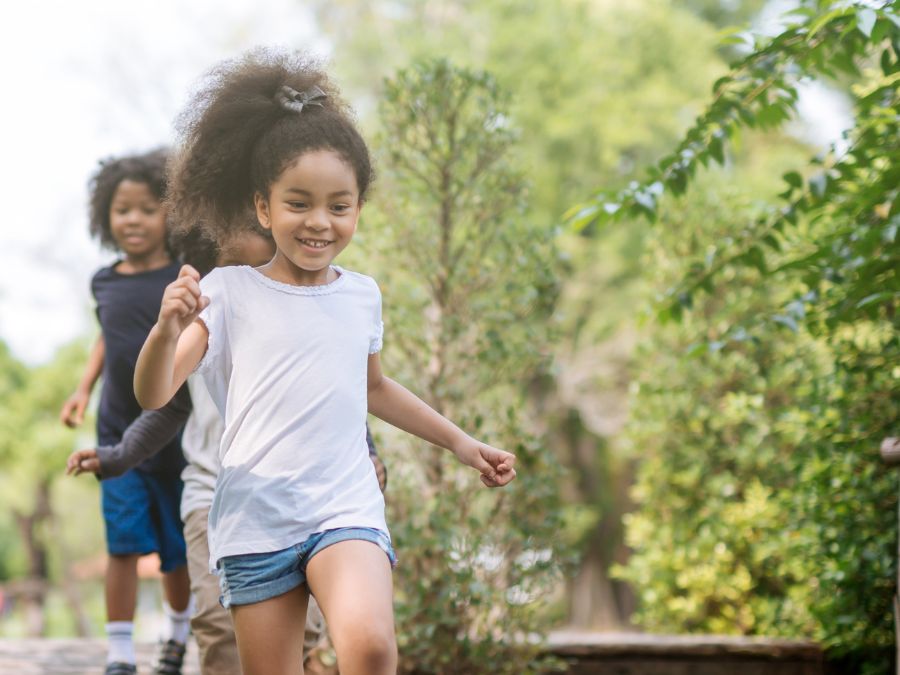
HOPE can help prevent bullying
October is National Bullying Prevention Month. The goal of this month is to prevent bullying and promote kindness, acceptance, and inclusion. Bullying affects both the person who is experiencing the bullying and those who are engaging in bullying behavior. It can block access to the Four Building Blocks of HOPE. The Special Olympics shares that 20% of children from 12-18 experience bullying, and children with disabilities are 2 to 3 times more likely to get bullied. Children who experience bullying have higher risk levels for depression, anxiety, sleep difficulties, and lower academic performance. The Four Building Blocks of HOPE can prevent and reduce the effects of bullying. And positive childhood experiences provide a source of hope in children’s lives.
Positive childhood experiences (PCEs) prevent bullying by promoting resilience, belonging, and a sense of safety among children and youth. The Four Building Blocks of HOPE are a way to promote PCEs and a way for children and youth to get the support they need. Promoting PCEs in schools, aftercare programs, community center, and in the home, can help prevent bullying before it starts.
If bullying is happening already, supporting children starts with adults who should take reports of bullying that they receive seriously and/or report bullying to the right authorities themselves. PACER’s National Bullying Prevention Center offers trainings and other resources to prevent or stop bullying. The HOPE National Resource Center also has many trainings and offers technical assistance to help organizations and educational systems add PCEs and the HOPE framework into their everyday work with children and youth.
The Four Building Blocks of HOPE
Each Building Block can help prevent bullying:

Relationships
Build relationships with children and youth where they feel they can be their genuine selves. This includes children and youth who engage in bullying behaviors.
Environment
Provide safe spaces where children are loved and supported. This can be at home, a friend’s house, in an after-school program, or at school. Having spaces where children and youth feel safe is core to their ability to heal and grow into healthy and resilient adults.
Engagement
Promote opportunities for children and youth to be involved in after-school programs or community activities where they can play a role in something bigger than themselves. This can discourage bullying behaviors because being a part of a team creates a sense of mattering and belonging.
Emotional Growth
When children and youth are supported in their efforts to report bullying and stand up for themselves, they learn that there is a community of people who are there for them. This promotes self-worth, self-confidence, and a sense that they have control of the things in their lives.
Resources
- Learn what bullying can look like in different settings (Nevada PEP).
- Learn more about National Bullying Prevention Month and ways to prevent bullying on a national level (Special Olympics).
Take action
- Speak up and wear orange on the annual Unity Day against bullying this October
- Nevada PEP #SafeAllies shares three types of advocacy to intervene and to prevent bullying:
- Self-Advocacy refers to knowing your rights, speaking up for yourself, and making your own decisions. This happens when children and youth stick-up for themselves.
- Individual Advocacy refers to someone who is helping to solve a problem with and/or for an individual. These advocates are sometimes parents, grandparents, friends, other family members, or someone from a family-run organization in your state.
- Systems Change Advocacy is when there is a problem that impacts more than one individual and change is needed in policies, laws, or regulations to address the problem.


